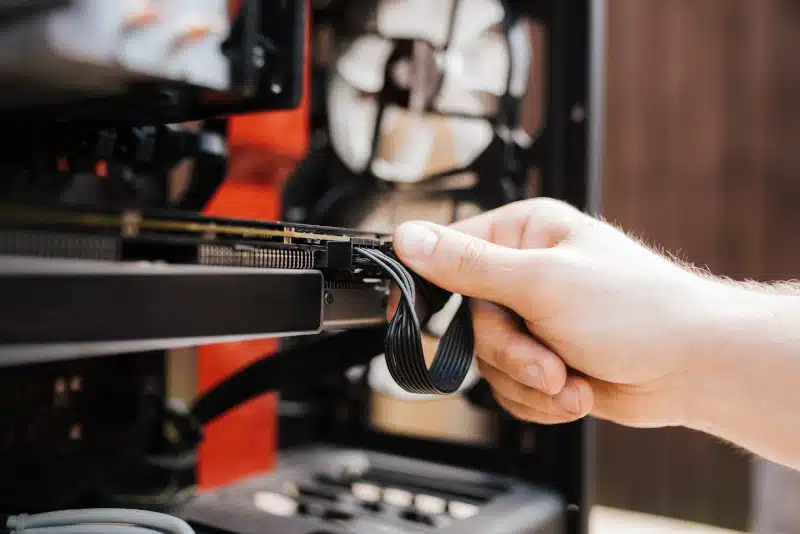DIY computer repair involves a variety of challenges and achievements in the technology field. In today’s rapidly changing digital landscape, having the ability to troubleshoot your device is essential and empowering. Knowing computer repair can assist you in maintaining and resolving any issues that may arise. It is necessary to understand how to fix your computer to prevent any disruptions in its performance. These guidelines provide a foundation for navigating computer repairs, empowering enthusiasts and novices to delve into this world while confidently avoiding common pitfalls.
The Dos of DIY Computer Repair
Taking charge of your computer’s well-being can be empowering but requires a systematic approach. Firstly, prepare. Gather tools like screwdrivers, thermal paste, and an anti-static wrist strap. Organization is key; keep screws labeled and in separate containers.
Next, research before you leap. The internet is a treasure trove of information. Verify sources and ensure compatibility with your system. Assess the problem meticulously. Identify symptoms and search for relevant solutions. Following step-by-step guides from reputable sources is pivotal.
When in doubt, back up. Before any repair attempt, safeguard your data. Use cloud services or external drives to secure valuable information. Test after every fix or component change. Don’t rush; patience is your ally in successful repairs.
Moreover, consider investing time in learning. Familiarize yourself with your computer’s components and their functions. Understanding the basics enhances troubleshooting skills. Additionally, keep records. Note down changes made, configurations altered, or errors encountered. These records can be invaluable in diagnosing recurrent issues.
Furthermore, maintain your computer regularly. Dust accumulation can hinder performance. Regular cleaning and airflow management help in preventing overheating and subsequent damage.
Lastly, seek help when necessary. There’s no shame in asking for assistance from forums, communities, or professionals. Sometimes, a fresh perspective can solve a seemingly complex issue.
The Don’ts of DIY Computer Repair
Avoid diving into repairs without a clear plan. Refrain from skipping diagnostics, hastily assuming the issue might lead to missteps. Additionally, never force components. Gentle handling prevents damage.
Steer clear of ignoring safety precautions. Unplugging the computer and wearing an anti-static wrist strap mitigate risks. Avoid working on hardware without proper grounding; electrostatic discharge can harm sensitive parts.
Never overlook the importance of research. Blindly following vague advice can worsen the problem. Similarly, don’t forget to document. Keeping track of changes aids in reversing if needed.
Moreover, do not overlook software updates. Neglecting updates might leave vulnerabilities open to exploitation. However, avoid updating during crucial work times; schedule updates wisely.
Furthermore, refrain from excessive multitasking during repairs. Focus on one issue at a time to prevent confusion or accidental changes to unrelated settings. Also, avoid skimping on quality parts. Opting for cheaper, incompatible components can cause long-term issues.
Lastly, avoid working on a computer in an unsuitable environment. Ensure a clean, well-lit workspace with ample space to maneuver.
By understanding and adhering to these precautions, individuals engaging in DIY computer repairs can significantly reduce the chances of causing harm to their systems. The don’ts underscore the significance of patience, thoroughness, and a cautious approach, ensuring the repair process remains smooth and error-free.
For expert assistance and professional guidance, look no further! As an experienced technician at PCMechanic Computer Repair in Davenport, FL, I am here to help you get your PC back on track. Don’t let technical issues hold you back; trust my reliable and professional services to resolve computer woes. Contact me today, and let’s get your computer running smoothly again!
Image Credit: Photo by Anete Lusina


